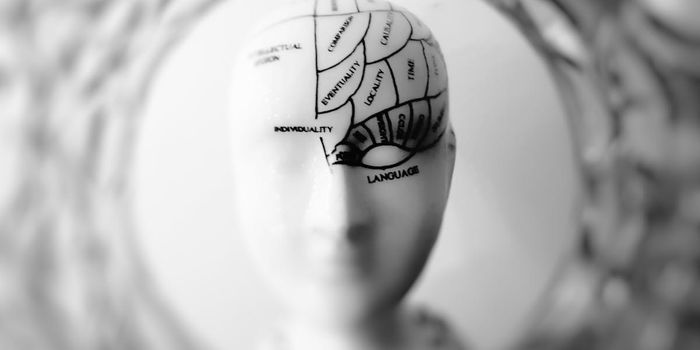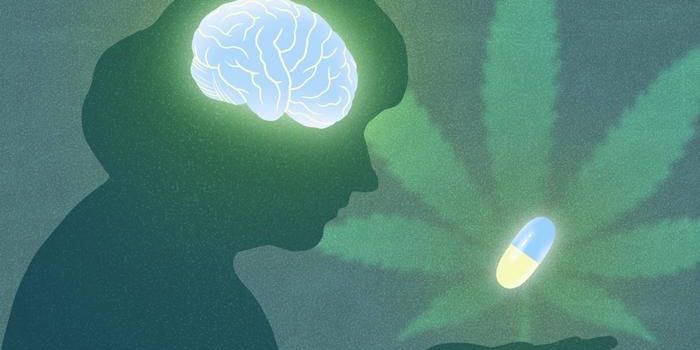Massachusetts General Hospital has been investigating the neurobiology underlying the effects of general anesthesia. Those studies have shown how various anesthetic agents change certain aspects of the brain’s electrical signals, as reflected by electroencephalograms, but they have only been conducted in relatively young adult patients, according to an article in
Drug Discovery & Development.

New data from
Harvard Medical School researchers at Massachusetts General Hospital are explaining the differences in the way common anesthetics affect the brains of older patients and children. These findings could lead to ways of improving monitoring technology and the safety of general anesthesia for such patients.
According to Emery Brown, the Warren M. Zapol Professor of Anesthesia at Mass General, “Anesthesiologists know well that the management of patients age 60 or older requires different approaches than for younger patients. The doses required to achieve the same anesthetic state in older patients can be as little as half what is needed for younger patients. Explanations for that difference have focused on age-related declines in cardiovascular, respiratory, liver and kidney function, but the primary sites of anesthetic effects are the brain and central nervous system.”
Patrick Purdon, HMS assistant professor of anæsthesia at Mass General, added, “We know even less about how anesthetic drugs influence brain activity in children, and the current standard of care for assessing the brain state of children under anesthesia calls only for monitoring vital signs like heart rate and blood pressure. This lack of knowledge is especially troubling, given recent studies suggesting an association between early childhood surgery requiring general anesthesia and later cognitive problems.”
The Mass General research team investigated the neural mechanisms of general anesthesia that identified EEG signatures indicating when patients lose and regain consciousness. They also identified the EEG patterns, called oscillations, produced by specific drugs while patients are unconscious.
The article explained, “Anesthesia-induced unconsciousness in young adults is associated with medium frequency (around 10 Hz) EEG oscillations called frontal alpha waves that are highly synchronized between the cerebral cortex and thalamus, a pattern that is believed to block communication between those brain structures.EEG oscillations of older patients are two to three times smaller than those of younger adults with reduced occurrence of frontal alpha waves. The synchronization between the cortex and thalamus occurred at slightly lower frequencies in older patients, who were more likely than younger patients to experience a state called burst suppression that reflects profoundly deep anesthesia at lower doses.”
Another study, led by Ken Solt, HMS associate professor of anaesthesia at Mass General, found that older animals “took two to five times longer than younger animals to recover from equal anesthetic doses and observed similar age-related differences in EEG patterns as seen in the patients.” Still another study co-authored by Purdon found that “anesthesia-induced EEG signals tripled in power from infancy until around age 6 and then dropped off to the typical young-adult level at around age 20.”


















































